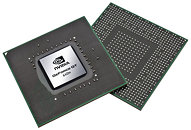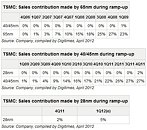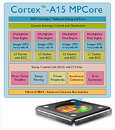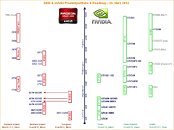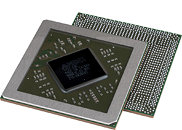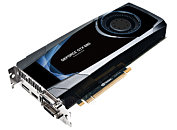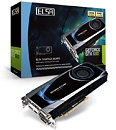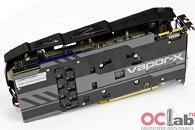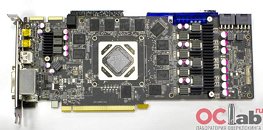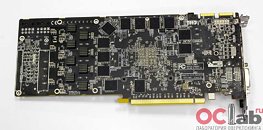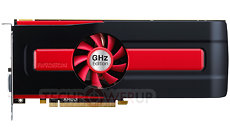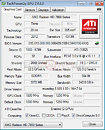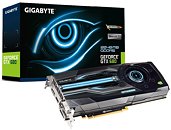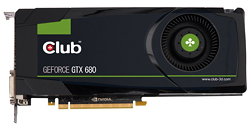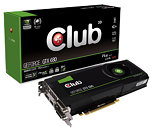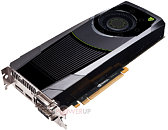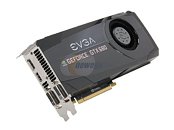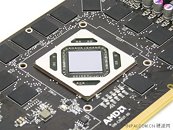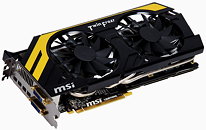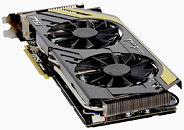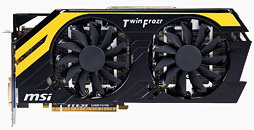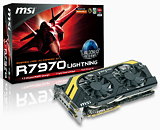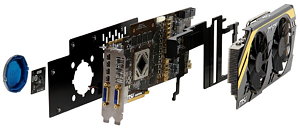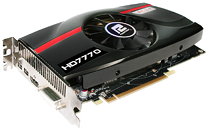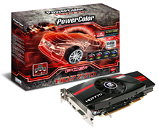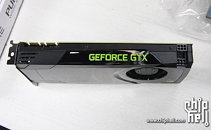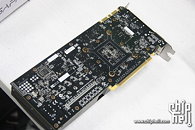NVIDIA today launched the first model in the GeForce Kepler GPU family, the GeForce GTX 680. Based on the spanking new "Kepler" architecture, and a high-performance chip derived from it, GK104, and built on the 28 nm fab process at TSMC, the GeForce GTX 680 is NVIDIA's fresh bid for single-GPU performance supremacy. The new chip packs a staggering 1536 CUDA cores (three-fold increase over GTX 580), 2 GB of GDDR5 memory over a 256-bit wide memory interface, and staggering clock speeds of 1006 MHz (core base), 1056 MHz (core boost), and 1502 MHz (memory, 6.00 GHz effective), with a memory interface bandwidth of 192 GB/s.
It doesn't stop there. NVIDIA introduced a clever new technology called GPU Boost, which makes the GPU self-aware of parameters such as load, voltages, temperatures, and auto-tunes clock speeds, to deliver the best performance per Watt ratio. NVIDIA also introduced Adaptive V-Sync, which smooths transition between lower than refresh-rate frame-rates, and V-sync rate, attempting to eliminate lag, and naturally prevent page-tearing. NVIDIA also introduced the new TXAA anti-aliasing algorithm, which is a performance-efficient image quality enhancement. To top it all off, the chip has a TDP of just 195W. Available today, though leading retailers in mature markets, the NVIDIA GeForce GTX 680 is priced at US $499 (MSRP).

